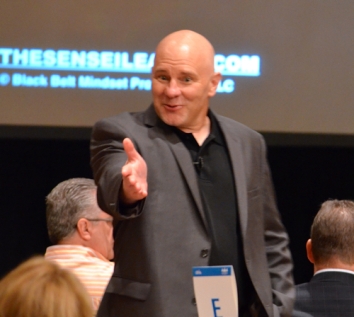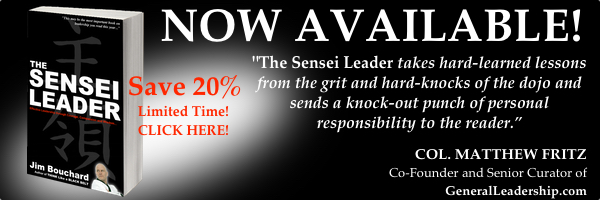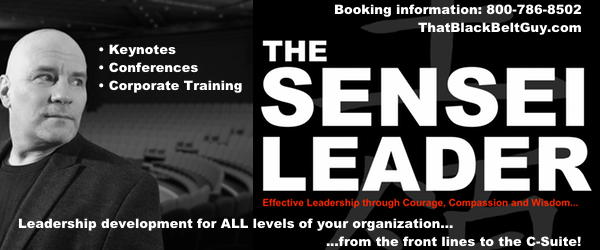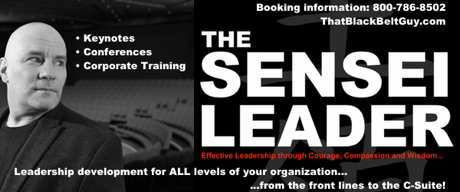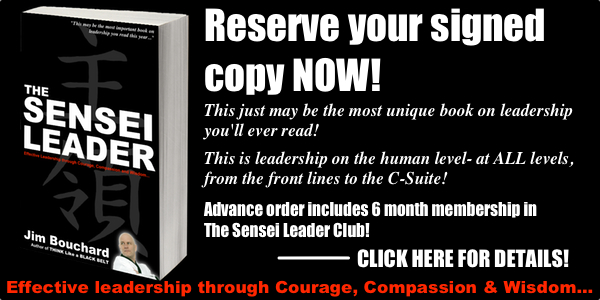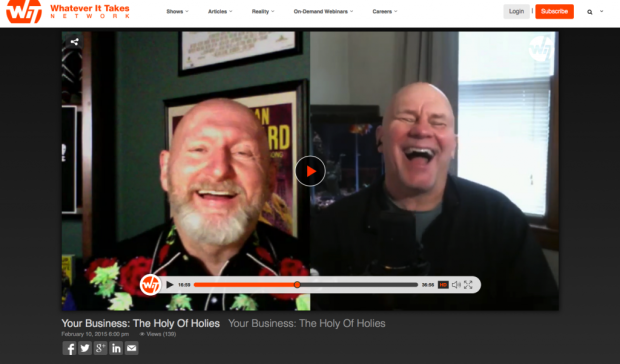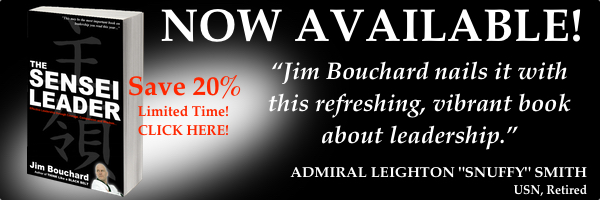After studying dozens of articles highlighting the difference between management and leadership, listening to dozens of business people debate the topic and after spending hours in deep thought on the subject––I’m left with one important question:
What the hell IS the difference?
Seems like I’m back where I started, right? Not so much.
To keep it simple, let’s look at the generally accepted distinction between a leader and a manager, succinctly expressed by Warren Bennis:
“The manager focuses on systems and structure; the leader focuses on people.”
Many people believe that a manager is more of a process person; someone who executes the directive and articulate with functional aspects of the operation. The manager is not necessarily innovative or involved in crafting the vision of the organization, but rather in making sure the vision is made real.
If you accept that definition, then the leader is someone who provides the vision and inspires the creativity and innovation that drives the organization forward. The leader focuses on developing talent and manages the interpersonal and emotional aspects of the organization.
Wait a minute––the word “manages” snuck in there!
The new age approach is a bit less constrained. A manager benefits by developing leadership skills, and a leader in today’s complex environment needs to have some knowledge of each of the technical and functional operations of the business.
In my life as a martial artist, I spent a lot of time thinking about one of our most ancient symbols––a symbol that represents nothing less than the fundamental operation of the universe itself. That’s right, the entire workings of the universe reduced to one simple and iconic symbol:

This symbol and the idea it represents helps us understand the conflict between the leader and the manager too. This is the Taiji symbol. It’s parts, the famous “yin” and “yang” represent a dynamic interplay of forces, which is how we experience life and the universe.
Neither side is dominant, though either could be more apparent, tangible, apparent or important at any moment. However, life as we know it doesn’t function without both. In the natural course of things, dominance is a temporary condition, and there is always a tendency toward relative and dynamic balance.
I could spend a lot of time talking about how this all works, but lets stick to the subject.
“Leader” and “manager” are not necessarily distinct or separate entities.
Think of manager and leader more as roles than as defining characteristics. The two should be able to co-exist in the same person––and that person is well served by developing skill in both roles.
From WJS.com:
“…in the new economy, where value comes increasingly from the knowledge of people, and where workers are no longer undifferentiated cogs in an industrial machine, management and leadership are not easily separated. People look to their managers, not just to assign them a task, but to define for them a purpose. And managers must organize workers, not just to maximize efficiency, but to nurture skills, develop talent and inspire results.”
Let’s take a look at the Taiji symbol again from a business perspective:

You can apply this philosophy a number of ways…
You can see the two roles in the individual––and as a leader, especially in yourself. You work to maintain a relative dynamic balance between your role as a leader––centered on the people you serve, and your role as a manager––paying attention to the functional operation.
In this just remember one important fact––you don’t lead process, you lead people!
In your role as leader, it’s important to understand that you can’t treat people like machines.
Each individual in your organization can apply this principle, right down to the front lines, regardless of management responsibility or position of authority. You may not want to move the lifer on the loading dock to a management position––and he may be perfectly happy where he is. However, better that person understands and accepts at least some rudimentary management functions, at least as they apply to his specific function. And the organization is greatly strengthened when leadership is cultivated in everyone, from the C-suite to the front lines.
You can also apply this concept to your organization as a whole, or any of its departments.
It’s safe to assume that any particular person might be better suited to management rather than leadership––and of course vice versa. In this case, it’s important to maintain a relative dynamic balance between high performers in both areas.
If you have a highly effective manager that just doesn’t get the people side of things, you can balance that manager with effective leaders. Don’t give up on developing that person’s leadership skills, just acknowledge that there may be limitations that need to be addressed.
Likewise, highly effective leader may be limited in technical aspects of the operation. The larger, more complex or more technological the organization, the more likely this is. Compliment that leader with a team of skilled managers and technicians.
Do this and you empower each person to perform at their highest level in harmony with their greatest strengths and talents.
Note carefully my repeated use of the word “dynamic.” Balance is not a static condition. A relative state of balance is only maintained through constant adjustment. Sometimes situations need to be managed––at other times, leadership is called for. Become skilled at reading the situation and the environment and apply each role accordingly.
There is one more great question that is often debated in business leadership circles:
“Management or leadership––which is more IMPORTANT?”
I am firm in my answer and opinion––leadership.
Managers who are poor leaders can function productively under effective leadership. Poor managers without effective leadership just don’t last very long.
The leader and manager can effectively co-exist in the same body and in the in the same organization. The key is constant development of both management and leadership talents and skills.
Take one last look at the Taiji symbol. Look at it for about a minute or so and you’ll notice that it looks as if it’s moving. That’s by design.



